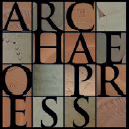
Publishing Scholarly Archaeology since 1997
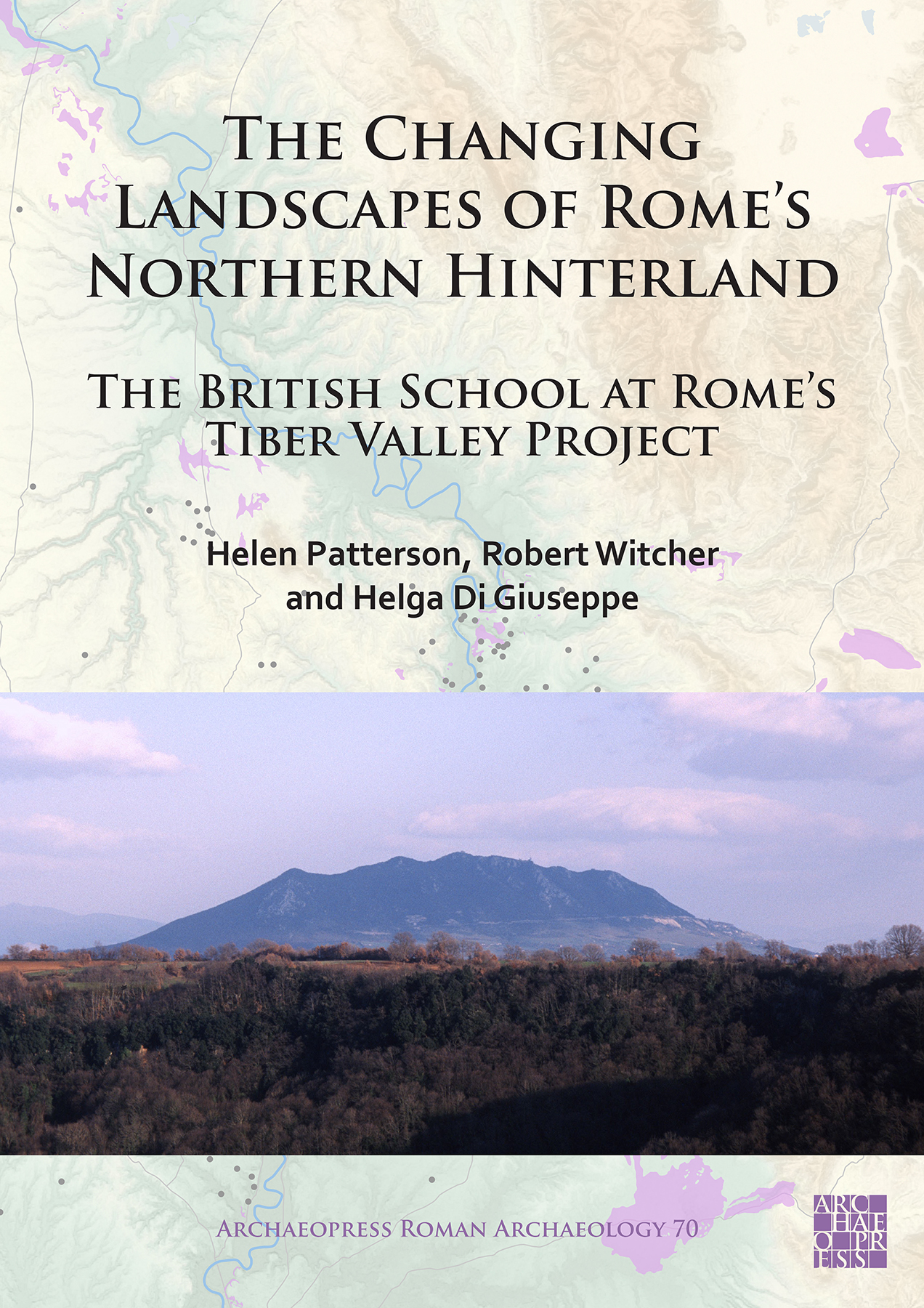
Download Sample PDF
H 290 x W 205 mm
372 pages
131 figures, 21 tables (colour throughout)
Published Sep 2020
ISBN
Paperback: 9781789696158
Digital: 9781789696165
Keywords
Tiber valley; Etruria; Survey; Antiquity; Roman; Etruscan; Connectivity
Related titles
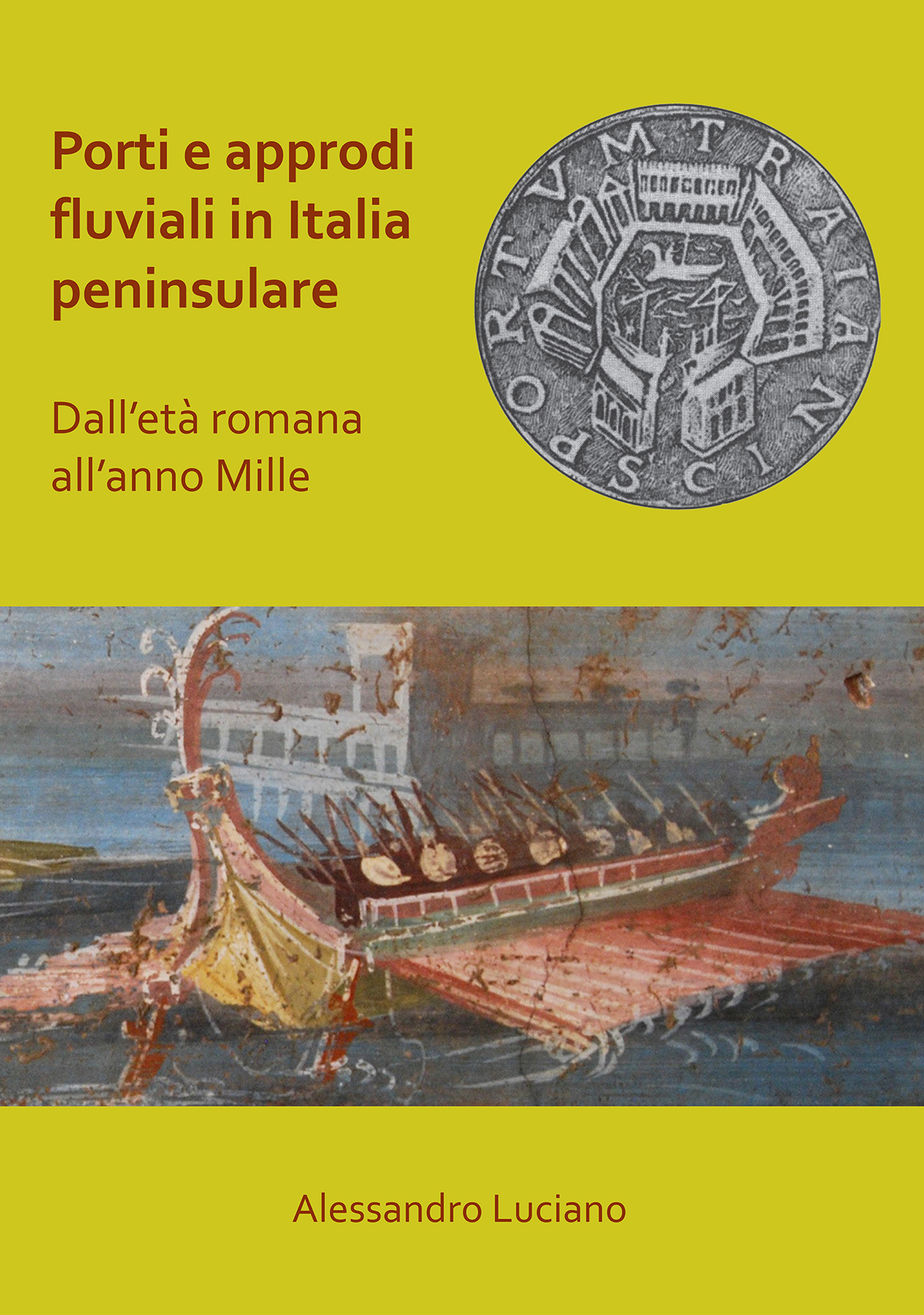
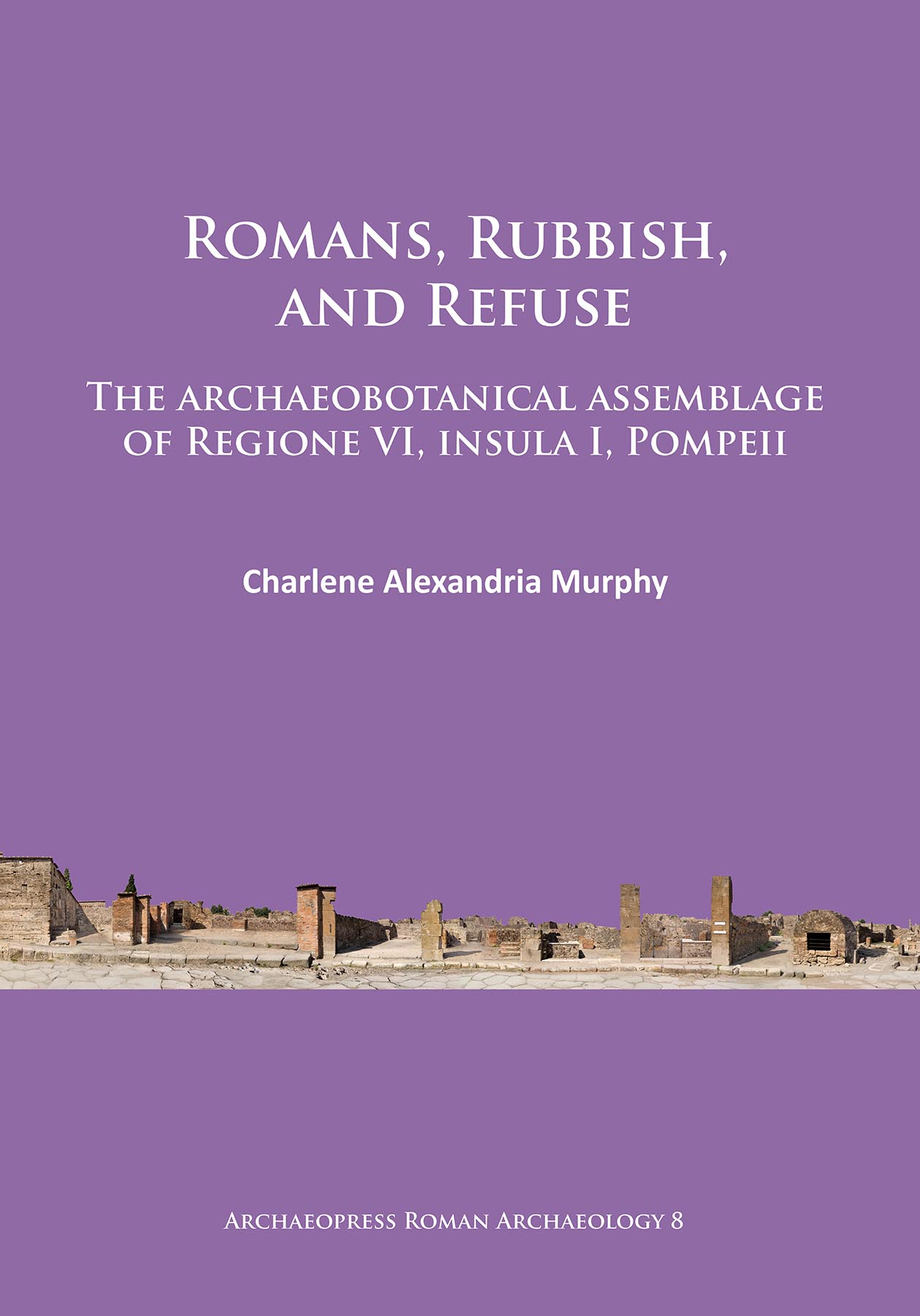
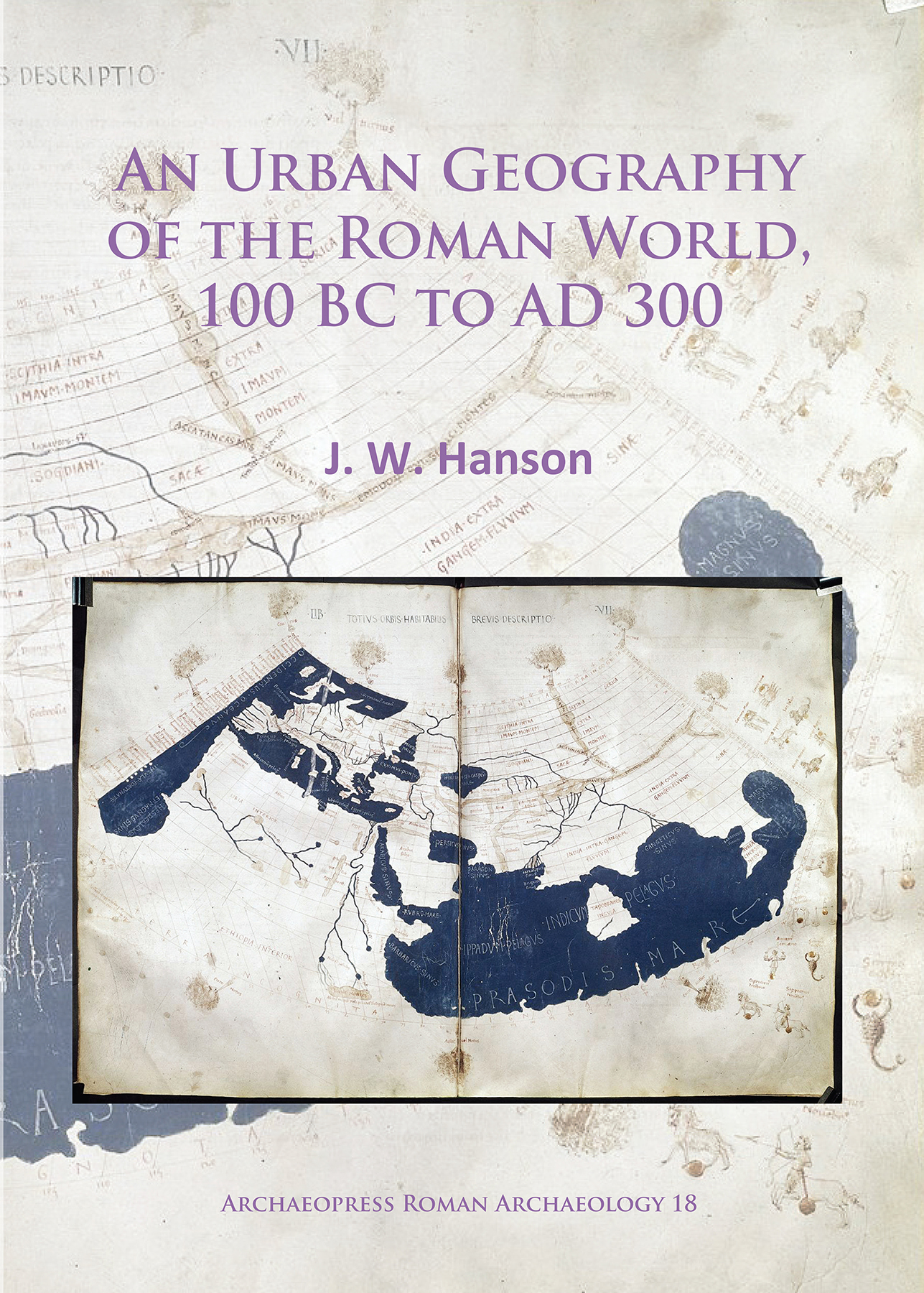
Archaeopress Roman Archaeology 70
The Changing Landscapes of Rome’s Northern Hinterland
The British School at Rome’s Tiber Valley Project
By Helen Patterson, Robert Witcher, Helga Di Giuseppe
This study presents a new regional history of the middle Tiber valley as a lens through which to view the emergence and transformation of the city of Rome from 1000 BC to AD 1000. Setting the ancient city within the context of its immediate territory, the authors reveal the diverse and enduring links between the metropolis and its hinterland.
Contents
Preface – Andrew Wallace-Hadrill ;
Chapter 1 The Tiber Valley Project: an introduction – Simon Keay, Martin Millett and Christopher Smith ;
Chapter 2 The middle Tiber valley: history of studies and project methodologies – Robert Witcher ;
Chapter 3 The protohistoric to late Republican landscapes of the middle Tiber valley – Helga Di Giuseppe ;
Chapter 4 The early and mid-imperial landscapes of the middle Tiber valley (c. 50 bc–ad 250) – Robert Witcher ;
Chapter 5 The late antique landscapes of the middle Tiber valley: the mid-third to mid-sixth centuries ad – Helen Patterson ;
Chapter 6 The end of the Roman unity: the Tiber valley in the late sixth to seventh centuries ad – Helen Patterson ;
Chapter 7 The middle Tiber valley in the eighth and ninth centuries ad – Helen Patterson ;
Chapter 8 The Tiber Valley Project: retrospect and prospect – Martin Millett ;
Appendix 1 List of Tiber Valley Project participants ;
Appendix 2 List of Tiber Valley Project publications ;
References ;
Index
About the Author
Helen Patterson is the former Assistant Director (Archaeology) of the British School at Rome and director of the Leverhulme-funded Tiber Valley Project (1998–2002). ;Robert Witcher is Associate Professor of Archaeology at Durham University, UK. From 1999 to 2002, he was a researcher on the Leverhulme-funded Tiber Valley Project based at the British School in Rome. ;
Helga Di Giuseppe specialises in Italian archaeology with particular interests in the classical and late antique periods. She is currently project manager for Fasti Online with the International Association of Classical Archaeology and editorial manager with the publisher Scienze e Lettere.
Reviews
'To conclude, this monograph, like its predecessor, must be welcomed. Any detailed analysis of old data is certain to enrich our historical perspective.' – Richard Hodges (2021): Bryn Mawr Classical Review
'Tracking through time the rise and fall of settlements, the transformations in economies, and the different choices for supply sources, the authors provide a detailed analysis of demography, economy, social organization, and agricultural production. Without doubt the volume represents a fundamental breakthrough for all of those interested in researching the history of Rome, as well as the developments of settlements and economies in the classical Mediterranean.' – Alessandro Sabbastiani (2021): American Journal Online
‘The Tiber Valley Project has entailed restudying all the pottery and the recalibration of previous site chronologies. It is fascinating and admirable work. While benefitting our knowledge of the Tiber Valley, it leads one to reflect upon how objective are conclusions drawn from other field surveys in Italy where more effort is often taken in locating artefact scatters than in trying to fathom their true significance in writing history… This is thus not a book for hunting down material parallels, whether of sites or ceramics, but one of maps and graphs, based on solid statistics. Even if details are presented elsewhere (see the extensive bibliography), this study marshals 70 years of collected evidence so as to become a book of elegant synthesis and conclusions.’ – Paul Arthur (2022): Medieval Archaeology, 65/2, 2021
‘However, the major step forward ‘The Changing Landscapes of Rome’s Northern Hinterland’ makes with respect to that volume is indeed the clarity and depth with which the methodological choices made in the presentation and analysis of the data are discussed. This allows the readers to thoroughly evaluate synthetic interpretations in relation to the underlying archaeological evidence, to agree or disagree with these and, to some extent, to explore for her/himself the effects of alternative methodological choices upon such interpretations – which will be further enabled by the planned final step of the TVP, the open-access archiving of the full database. Thus, the volume – as much as the SES and TVP themselves – forms another important landmark within the study of Mediterranean rural landscapes.’ – Tymon de Haas (2023): GNOMON 95, nr. 7

 Add to wishlist
Add to wishlist